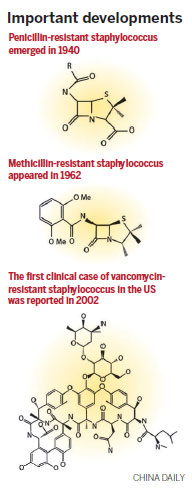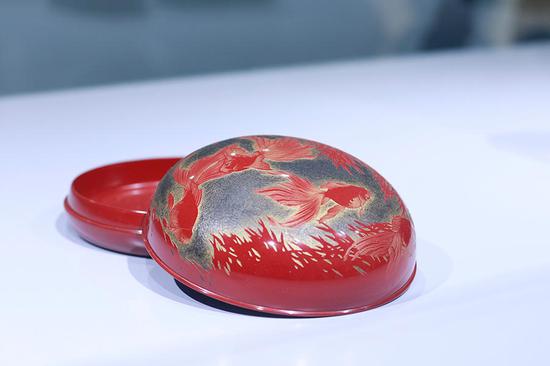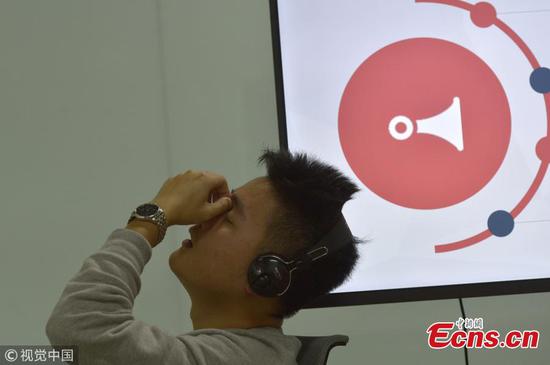
Rising consumption
Globally, surveys indicate that antibiotic consumption in high-income economies was relatively constant from 2000 to 2015, and the rise was predominantly driven by low-and-lower-middle income economies, such as India, China and Pakistan.
Moreover, humans are not the major consumers. Instead, animals account for large amounts of antibiotics that are used to treat or prevent disease, or fatten them for market.
In 2013, global use of antibiotics in food animals was around 131,100 metric tons, and is projected to rise to around 200,000 tons by 2030.
"It would be best to ban all antibiotic applications on farms. However, that would lead to rising food prices and make life tougher for people on lower incomes," Kao said. "Most poultry in Hong Kong is imported, and in light of that it's hard to impose controls."
Last year, the Ministry of Agriculture on the Chinese mainland issued measures to reduce antibiotics in poultry and livestock, and authorities intend to abolish more than 100 high-risk drugs currently used on animals. By 2020, more than 97 percent of poultry, livestock and aquatic products on the mainland are likely to qualify as secure food sources, with antibiotic residues well within safety standards.
In November, the Hong Kong government published a five-year plan to combat drug resistance.
By 2022, it aims to bar breeders from using antibiotics on livestock unless the drugs are prescribed by vets. In addition, the Agriculture, Fisheries and Conservation Department will stop issuing antibiotic permits that allow farmers to purchase and possess antibiotics used on farm animals.
Greater recognition
Recent lab tests on mice show that those infected with CA-MRSA had a 40 percent survival rate after seven to 10 days. A separate group, injected with non-antibiotic M-21, Kao's breakthrough, all survived.
The findings were published in July in the journal Proceedings of the National Academy of Sciences of the United States of America.
Ip, of Prince of Wales Hospital, supports Kao's approach. "In light of today's sweeping antimicrobial resistance arising from antibiotics, the non-antibiotic approach is the way to rein in the problem," she said. Ip is exploring natural compounds in herbs such as skullcap root and Chinese goldthread to see if they can produce drugs to beat superbugs.
However, Qian Pei-yuan, chair professor of the Division of Life Science at the Hong Kong University of Science and Technology, said MRSA may still acquire the ability to fend off M-21, as it did antibiotics.
This year, he identified an enzyme called D-stereospecific resistance peptidases, seen in many bacteria, which is a key factor in MRSA's ability to break down peptide antibiotics, including vancomycin.
Kao anticipates that M-21 will be manufactured as a medication and undergo clinical trials after five years, before being tested on human patients. If it's proven safe, he expects the first batch of M-21 to be used to treat patients with CA-MRSA.
The M-21 breakthrough, a quantum leap in the fight against antimicrobial pathogens, earned Kao's team first prize at the Innovation Academy Awards at the International Consortium for Prevention & Infection Control last year.
The consortium is a leading platform for scientists from more than 100 countries to discuss measures to tackle antimicrobial resistance.
"The award demonstrates that global infectious disease experts are giving the nod to our non-antibiotic approach. They see it as a promising way to possibly iron out problems arising from rampant drug-resistant bacteria," Kao said.


















































